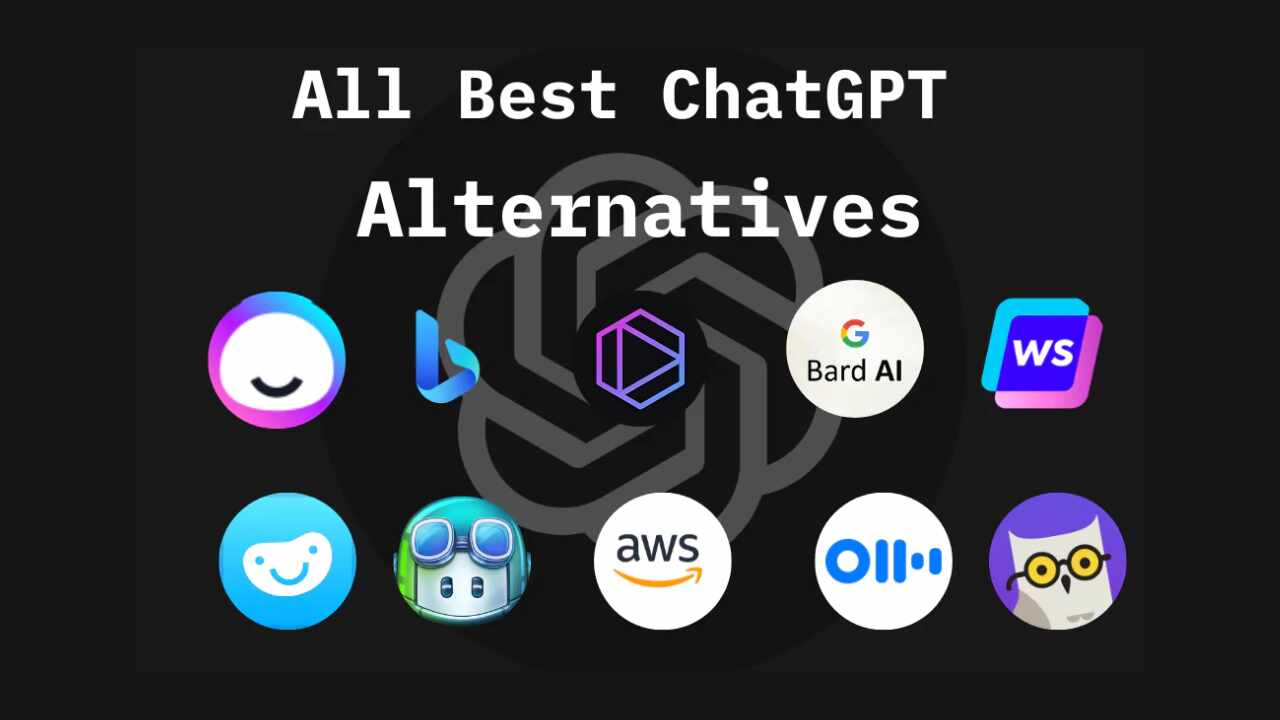Google Ads is a powerful online advertising tool if you incorporate it into a smart digital marketing strategy and use the platform strategically rather than blindly.
Online businesses use Google Ads all over the world. According to PPC Protect, around 97% of Google’s total revenues come from it. Therefore, you need to understand that a lot of your competitors are working on Google Ads to increase their profits.
And as the eCommerce market is constantly growing, the number of competitors in each business niche is growing as well. To be better than your rivals, you need to come up with an effective strategy for Google Ads. Thus today, we will share the most effective tips for Google Ads optimization.
Tip #1: Evaluate Your Current Results
Before you start to optimize Google Ads campaign to generate more traffic and conversions, evaluate your current results. Evaluating the ad campaign data you have will help you realize which parts of your ad campaign truly need improving and which parts are already optimized to the maximum.
Tip #2: Set Yourself a Goal
To optimize and run a successful ad campaign on Google Ads, you need to develop a clear goal first. Surely, experimenting can help you find out what works best for your brand, but you should still have your main goal in mind and not perform blind experiments. In other words, yes, try new things and strategies with Google Ads but make sure it goes well with what you are trying to achieve.
For example, if your advertising campaign’s main goal is to raise brand awareness, using Price Extensions on Google Ads would be a weird choice since you want people to learn about your business rather than to start competing with your competitors by showing off low prices.
Tip #3: Choose a Network for Your Ad Campaign

There are two types of networks to choose from for your campaign: Display Network and Google Search Network. You should select only one of these networks for your advertising campaign. These two networks have a lot of differences, just like you would choose your keywords and write ad copy differently for each network.
Google Display Network shows your ad on more than 2 million affiliated websites and lets you pick between multiple types of ads. In contrast, Google Search Network ads are shown to people only when they are searching on Google.
Tip #4: Get Rid of Bad Ad Placements
Bad ad placements can have a negative impact on your brand reputation. For example, if your business is selling cruelty-free makeup that hasn’t been tested on animals, a bad placement would be to show an ad for your product on a website that is selling fur coats.
It’s also harmful to show your ads on gambling websites or sites that have been publishing fake news or sexual content. To figure out if any of your ads ended up on such websites, you can use the ad placement report and if you see ads with negative placement, remove them from those websites.
Tip #5: Add Negative Keywords

Using negative keywords on Google Ads will help you exclude certain keywords from the search results that have your keyword in it. For example, suppose your business sells maternity clothing and uses such generic keywords as “women clothes.” In that case, you will be wasting a bunch of clicks if you don’t exclude keywords that indicate regular womenswear.
And if you have chosen to use the pay-per-click method, using generic keywords and selling products of a pretty narrow niche can be unprofitable.
Tip #6: Track Your Conversions
As you are optimizing your Google Ads campaigns, you’ll also need to measure the result after you have made some changes. Otherwise, how will you know if the changes are working?
The best way to know if the changes in the ad campaigns were beneficial is to track conversions. An email sign-up or purchase counts as a conversion for your business. It depends on the goals you set before you started the campaign.
Tip #7: Group the Keywords Into Smaller Segments
Those who start working on Google Ads begin by creating one large advertising campaign and place all of the keywords in it. Unfortunately, such a strategy makes the ads vague and irrelevant.
For example, if someone were to look for pearl earrings and they would find that the ad links to an entire website of 1000+ items of jewelry, it would be much easier to just buy from a competitor than to spend time browsing.



